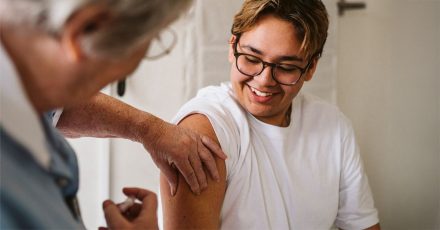Scientists already know regular aerobic exercise lowers heart rate and strengthens the cardiovascular system. A new animal study suggests exercise may also reshape the autonomic nerves that regulate the heart, and that these changes differ between the left and right sides.
What researchers did
– The study, published September 23 in Autonomic Neuroscience: Basic & Clinical, used Wistar rats divided into trained and untrained groups.
– Trained rats completed a moderate-intensity treadmill program for 10 weeks — a regimen previously shown to reduce heart rate in rats without altering blood pressure.
– After training, researchers examined left and right stellate ganglia, paired nerve clusters in the neck that connect the brain to the heart.
– Using 3D imaging and stereological analysis, they measured total neuron count, mean neuronal volume (average neuron size), and overall ganglion volume.
Key findings
– Exercise produced marked, asymmetric changes between left and right stellate ganglia.
– In trained rats, the right stellate ganglion had about four times as many neurons as the left.
– Right-side neurons in trained rats were smaller (approximately 1.2 times smaller than in untrained rats), indicating atrophy.
– Left-side neurons in trained rats were larger (about 1.8 times bigger than in untrained rats), indicating hypertrophy.
– Ganglion volume changes were side-dependent: trained left ganglia decreased slightly (~1.04-fold), while trained right ganglia decreased more substantially (~1.4-fold).
– Trained rats showed a significantly lower heart rate (≈280 beats per minute) compared with untrained rats (≈314 bpm). Blood pressure measures (SBP, DBP, MAP) remained essentially unchanged.
– Microscopy revealed both sides had neuron clusters separated by nerve fibers, vessels, and connective tissue; trained animals showed more prominent connective tissue septa, suggesting internal remodeling.
Why it matters
– These results indicate moderate aerobic exercise reshapes the nerve centers that control the heart, and that the autonomic nervous system’s adaptations may be asymmetric rather than uniform.
– If similar right-left differences are confirmed in humans, clinicians might better personalize nerve-targeted treatments for arrhythmias, pain syndromes, or dysautonomia, and refine cardiac rehabilitation strategies by using exercise as a non-drug neuromodulator.
Author and expert perspectives
– Lead author Augusto Coppi, MD (University of Bristol), said confirming these side-specific differences in humans could inform more precise stellate interventions (blocks/denervation) and guide targeted therapies. He emphasized the need to map the neural “wiring” behind these structural changes and to identify molecular drivers explaining the left-right differences.
– Raj Dasgupta, MD, chief medical advisor for Garage Gym Reviews, called the research “a big deal,” noting that knowledge of side-specific remodeling could make treatments that target cardiac nerves more precise and enable tailored exercise programs to improve heart health. He advised that while the findings are promising, it’s too early to change medical practice and the main takeaway remains to keep moving.
Next steps
– Researchers need to determine the mechanisms causing asymmetric adaptation, map the neural pathways involved, and test whether similar structural changes occur in humans and whether they affect nerve activity and heart function. Human studies will be required before clinical applications can be recommended.






